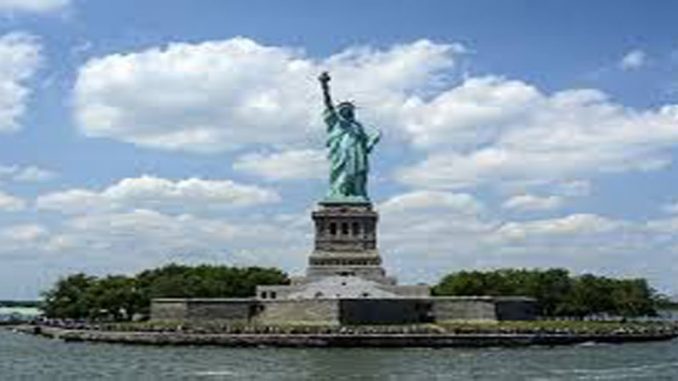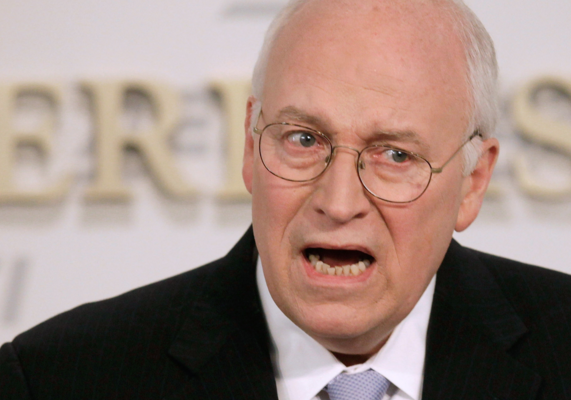
 BY: Abdullah Muradoğlu*
BY: Abdullah Muradoğlu*
From the start of the 1970s, Soviet Union President Leonid Brezhnev started the détente policy in international relations. Soviet economy was on the verge collapse because of the military and economic expenditures made on its “enemy” policy. During the same period, a world system “without enemies” in a tired world was discussed at the table during the Conference for Security and Cooperation in Europe in Helsinki.
The situation had become unbearable for the Soviet Union in the 1980s, thus, developments that would end the Cold War happened. The U.S. and the Soviet Union started to have open and secret meetings. These meetings meant to tip the table over in the “Cold War game” for Moscow. It is said that Georgiy Arbatov, chief adviser to the last president of the Soviet Union, Mihail Gorbacov, said “We are doing something terrifying for you, we are depriving you of an enemy,” to the Americans in 1987. And that is exactly what happened. The Soviet Union left the table in the early 1990s. This withdrawal seemed like victory for the Americans in the beginning.
The pleasure of being the winning side in the “Cold War game” blinded the Americans. The U.S. was left without an enemy, but the world did not become a better place. The Russians might not have comprehended that they would fall into a void ideologically after being “left without an enemy” and that this would take the Soviet Union toward collapse. Russia went bankrupt after the collapse. The Russians went through an emotional disintegration during the Boris Yeltsin period. Current Russian President Vladimir Putin however, is trying to identify a new enemy so that Russia can regain its old power.
The U.S., which was lacking a big enemy, started to experience a period of impertinence. Although the U.S. attempted to find itself a new enemy, this enemy could never fulfill the room vacated by the Soviet Union. Western Europe countries, which sought refuge under the U.S.’s wings during the Cold War, did not exactly agree with the U.S. during its new enemy identification. This contradiction rose to the surface during the occupation of Iraq. The Western European public opinion did not allow their governments to be dragged into a war in the Middle East by the U.S.
The U.S., once again, tried to show Russia as its enemy in this last period. Putin’s harsh answers with his Ukraine and Crimea moves to their attempts to make NATO active in Eastern Europe were the indicators of their demonization policies. Western Europe, however, supports the U.S.’s Russia policies unwillingly. Donald Trump’s election victory in the U.S. must have encouraged the Europeans.
Trump took his presidential oath and became the president of the U.S. two days ago. He has an ominous “Russian folder” in front of him. The Obama administration left Trump with very difficult homework. But, will Trump lift the sanctions on Russia? More importantly,AC how will Trump define an enemy for America? Will this definition be accepted by the American electorates? Who will the indispensable enemy be for Trump’s America? The world is waiting for answers for these questions.



